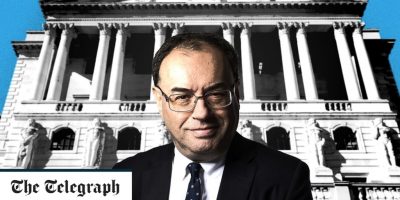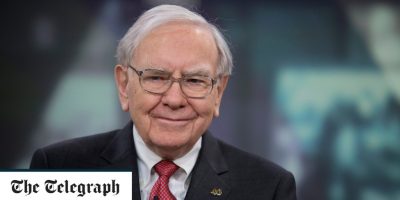With the demise of star manager Neil Woodford hitting the headlines in recent weeks, some are beginning to wonder whether this is the end of active management.
While that may prove to be an overreaction, the rise in popularity of passive investing – when a fund aims to replicate the performance of an index rather than beat it – has been an unstoppable force over the past decade.
Perhaps the best-known passive range available to investors is Vanguard LifeStrategy. John Bogle, the founder of Vanguard who died earlier this year, is credited with creating the first index fund for retail investors.
The group now manages more than $5 trillion (£3.97 trillion) worldwide with $1.3 trillion managed in active portfolios and the rest in passives.
The passive £14.7bn LifeStrategy range is split between stocks and bonds, which it invests in through underlying index trackers.
LifeStrategy is the only entirely passive range to appear on our “Telegraph 25” list of favourite investment funds.
It does not have fund managers, but Telegraph Money spoke to Dr Peter Westaway, Vanguard Europe’s head of investment strategy, about how the fund is run, why it remains so popular and the changes we can expect to see in the future.
Who are the funds for?
The LifeStrategy funds are designed to provide portfolios to investors that want to take differing amounts of risk ranging from a portfolio that is 100pc invested in stocks to one that is 20pc stocks and 80pc in bonds.
How do you maintain the weightings to stocks and bonds?
Continual rebalancing keeps the portfolio consistent. We do this on the fly when new money comes in. If there has been a bit too much in stocks we can use the inflows to buy bonds. It saves on the cost of trading for our investors and keeps our fees low.
Do you think such a simple bond/stocks strategy is still relevant?
Something like 80pc of the risk versus return of a portfolio is determined by the bond and stock allocation. The rest is factors such as market timing and stock selection. For a long-term investor, trying to pick stocks or time the market is difficult so we offer a fund that delivers simple, easy-to-understand allocations that can deliver really good performance for investors.
When you look at the evidence, even though you might assume that nimbler strategies would outperform, the beautifully simple LifeStrategy funds beat their multi-asset peers most of the time.
Why do you think that is?
There is only one thing you can control in a fund in advance of buying it and that is the cost. If you keep that low to start with, it helps. Funds that charge a bit more for being more funky have to make those investments outperform by at least the extra cost to make it worth it.
The 0.22pc charge is low but can they get cheaper?
Yes. We have reduced it three times since we launched the fund and we are designed to pass the economies of scale down to the end investor so I expect it will reduce further.
You have a bias to British stocks and bonds. Why?
Currently, 25pc of our stock allocation is in Britain, and 35pc of our bonds are British although this was 100pc when we started as it was all we had access to. Our philosophy is that from a pure investment perspective it is best to have as small a “home bias” as possible. Typically we look at our competitors and aim to be lower. By doing this we hope the whole market will follow suit to reduce their bias.
Will your home bias be coming down then?
Probably in the not-too-distant future we will be dialling down that home bias, yes. Part of the reason we haven’t lately, even though there is a case for it, is that with Brexit going on we don’t want to be accused of making a tactical decision based on currency.
Do you use currency?
The bonds in our LifeStrategy are “hedged”, so the currency risk is transferred back to pounds, whereas the stocks component is unhedged so remains in local currencies.
You are effectively putting bonds into your portfolio to dampen the volatility; you don’t want to muck that up by having currency that adds lots of risk. In the long run we don’t think that currency pays you. It is a mug’s game.
What did you want to be when you were growing up?
I wanted to be a professional cricketer as a batsman or wicketkeeper. Indian cricketer Sunil Gavaskar was my hero because he was really short (as was I).
For the week’s most important personal finance news, analysis and expert advice, from pensions and property to investment ideas and savings tips, sign up to our weekly newsletter.
























Comments